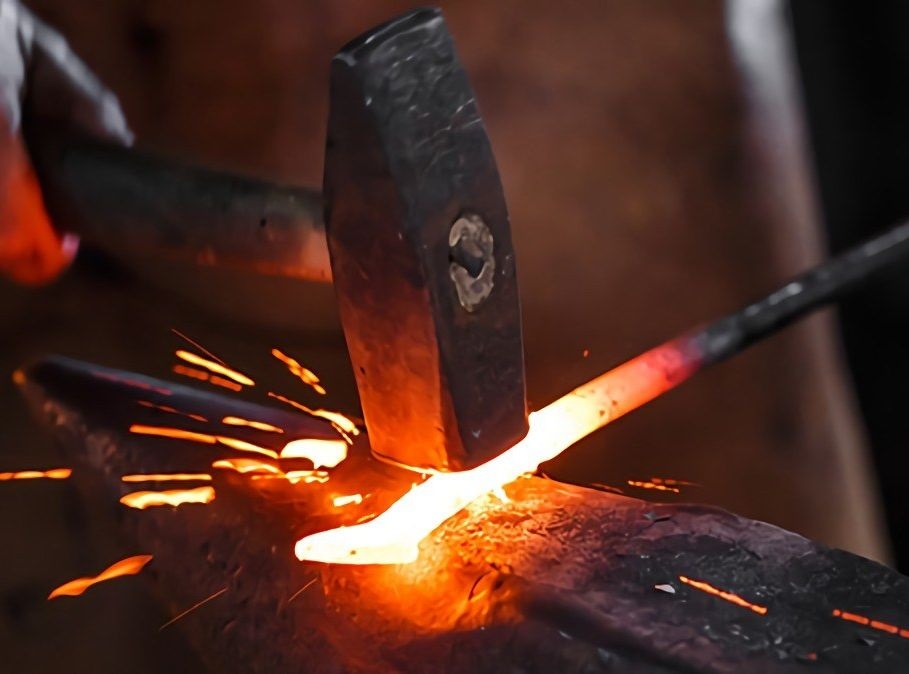A blacksmith forges metal into different outputs. As a beginner, you should learn the basics of blacksmithing and how to use different tools such as an anvil and a hammer. Learning the basics and consistently working on them will help you become a pro in making and repairing hardware, metal tools, as well as ornamental objects.
If you are new to the world of blacksmithing, this guide takes you back to its fundamentals. Keep reading.
Art of Blacksmithing
Blacksmithing is the specialty of forging metal by using tools such as the anvil and a hammer to create objects – into a hammer, pivots, nails, and many more. This art has been a popular practice before the industrial revolution. During this period, almost every town had a blacksmith workshop – known as the village smithy.
The late 1800s experienced a great fall in demand for smithed hardware and tools as a result of mass production and factories. Modern smithies now create distinctive works. Many customary techniques are also still intact. Over the last two hundred years, the basics of blacksmithing remain unaltered. However, there are cutting-edge upgrades to the tools being used – like angle grinders and power hammers.
Fundamentals of Blacksmithing
The following are key basics of blacksmithing you should master as a new blacksmith.
- Bending
This is a basic of blacksmithing which requires you to heat the metal before it can be bent. Heat the metal then hold it over your anvil. You can now begin to hit with a mallet to achieve the desired curve. Bending a metal can deliberately be achieved by heating segments of the metal in the forge before twisting it, instead of merely heating the whole piece. The same process can be applied to metals you want to unbend.
- Hammering and Forging
Forging and hammering are two important basics of blacksmithing. At any point when you need to forge metal, you first heat it in the forge. The next step is to hammer and twist it to your ideal shape. The material you are working with will determine the temperature of the forging and pounding or hammering process – including the type of product you intend to create.
- Punching
This process uses a punching instrument to make holes in hot metal. To begin the punching process, you have to heat the metal. Make sure you recognize where you need to poke the hole. Next, on the targeted spot, slowly hit the punching tool with your hammer. Keep hammering until there’s resistance from the anvil. Be mindful not to hit excessively hard in order not to damage the outer layer of the anvil.
- Drawing
This blacksmithing basic technique is also very important to master as a beginner. Drawing is often used for thinning and elongating metals. During the process, tongs are needed to pin down a piece to an anvil before hammering begins.
Conclusion
Mastering these basics of blacksmithing may take time. With practice, they become easier. Always remember to follow safety precautions when working in a blacksmith shop. Visit https://forgeorigin.com for the best modern blacksmith tools.

